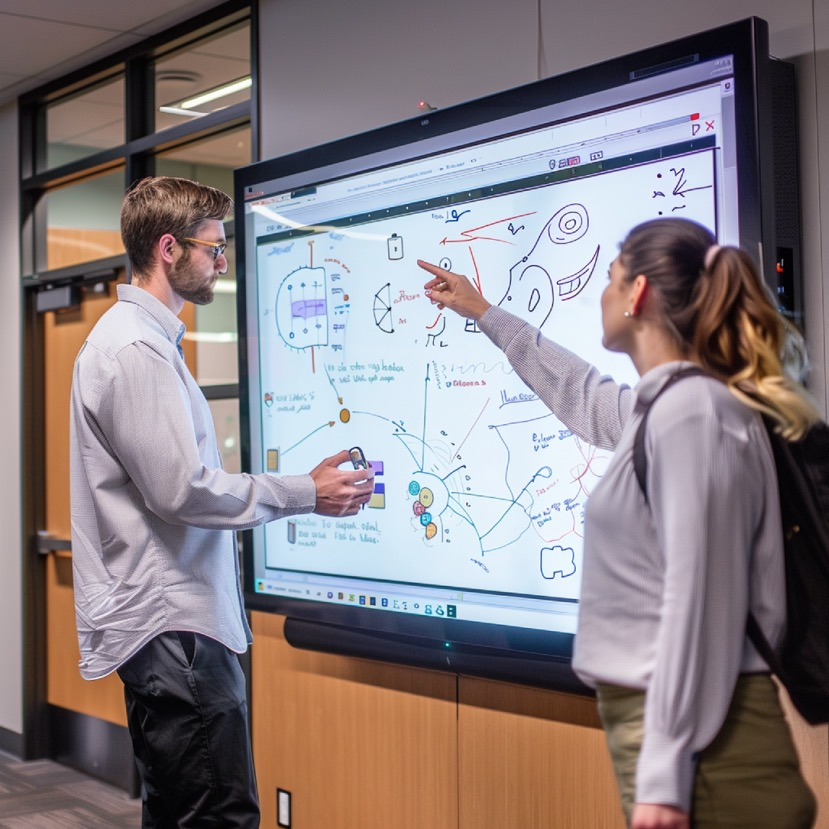The incorporation of smart technology into the construction of commercial properties is no longer just a luxury — it’s becoming a necessity. Smart technology can enhance a commercial building’s security, efficiency, and convenience, providing long-term benefits for owners, employees, and visitors alike. This blog will discuss how integrating smart technology into your commercial construction project can future-proof your building and set it apart in a competitive marketplace.
Security is a top priority for any commercial building. By integrating smart technology, you can provide advanced protection beyond traditional methods. Modern smart security systems offer features like real-time monitoring, access control, and remote management.
Smart surveillance cameras, for instance, can provide 24/7 monitoring with high-definition video and advanced analytics, detecting unusual patterns of behavior and sending alerts in real time. Paired with facial recognition and biometric access control, smart security systems ensure that only authorized personnel can enter restricted areas. Additionally, remote access capabilities allow building managers to monitor and control the building’s security from anywhere via mobile devices. This heightened level of security not only protects the assets inside the building but also provides peace of mind for tenants and employees.
Commercial spaces benefit greatly from improved operational efficiency, and smart technology plays a pivotal role in achieving this. Automated systems for lighting and heating, ventilation, and air conditioning (HVAC) can drastically reduce energy consumption, lowering operational costs. Smart thermostats, for example, adjust heating and cooling based on occupancy patterns, ensuring energy is not wasted when spaces are unused.
Building automation systems can be integrated to control various functions, such as lighting, elevators, and even parking lot management, all from a centralized interface. These systems use sensors and predictive analytics to optimize building operations, reducing the workload for facility managers. Moreover, this leads to a greener building, aligning with sustainability goals that are increasingly important for businesses today.

Incorporating smart technology into commercial spaces also enhances convenience for building occupants. Smart lighting systems can be programmed to adjust brightness levels based on natural light or occupancy, creating a comfortable working environment.
Touchless technology is another innovation that improves convenience as well as hygiene. With touchless entry systems, employees and visitors can access the building without having to touch door handles or keypads, a feature that has gained more relevance post-pandemic. Automated elevators and voice-activated systems further streamline day-to-day operations, making the space more user-friendly.
For those looking to build a commercial space for the future, partnering with the right team is essential. Freccia Group Commercial Construction, a trusted commercial construction company in Austin with years of experience, specializes in integrating smart technology into commercial projects. Whether you need a commercial general contractor, retail construction contractor, or an office builder, we ensure your space is secure, efficient, and ready for the future.
Learn more about Freccia Group Commercial Construction and call us for a free estimate.